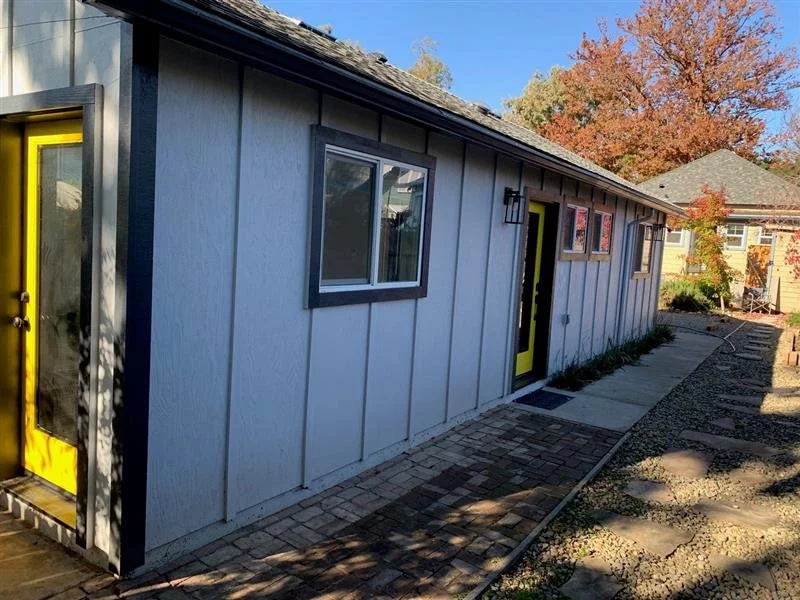Sacramento first in California to allow multi-unit housing in every neighborhood
Sacramento (Sep. 20, 2024) - On Tuesday, the City Council unanimously adopted the Missing Middle Housing Interim Ordinance, becoming the first in the State to allow multi-unit housing in all single-family neighborhoods.
As the first jurisdiction to receive the coveted Prohousing Designation in California, this decision further pushes Sacramento to the front as a national leader in advancing bold housing policies.
The Missing Middle Housing (MMH) Ordinance replaces density limits on housing units with maximum floor area, allowing residential buildings up to 2.5 stories on former single-family lots, with size of the building determined by the lot size and proximity to public transit.
The MMH Ordinance allows four-plexes, six-plexes, eight-plexes, ten-plexes cottage/bungalow courts, small homes on small lots and more. These housing types are “middle” in form and scale between single-family houses and larger apartment buildings, enabling them to blend well into existing residential neighborhoods.
“This overall policy is profoundly positive for our city,” said Mayor Steinberg. “This sets Sacramento apart from so many other cities in the country in terms of encouraging more housing and innovative types of housing in traditionally single-family neighborhoods.”
By allowing more smaller housing units, MMH can provide housing at price points attainable to middle-income households, which also meets the City’s goals for more affordable housing options for residents at all stages of life.
The main components of the ordinance include:
Neighborhood-Scale: Objective development and design standards that ensure neighborhood-scale and compatible form in existing neighborhoods.
Trees and Open Space: Requirements and zoning incentives that ensure enough outdoor space for the enjoyment of residents and a requirement to plant new shade trees to advance the City’s ambitious climate goals.
Attainability and Ownership: Provisions that preserve low-cost housing for vulnerable residents such as low income or seniors, while also promoting the creation of new entry-level home ownership opportunities.
“We have many residents, young and old, who want to stay in their community but can’t afford to. Without more affordable options, they are being forced to move,” said Associate Planner Nguyen Nguyen. “Through three years of collective effort and collaboration with our engaged residents, the Sacramento community has delivered a promising solution in response to this challenge, and I’m grateful to have been a part of that process.”
As one of the 2040 General Plan’s policies adopted in Feb. of this year, Missing Middle Housing is a key strategy to implement the 2040 General Plan’s innovative and inclusive vision for the City’s future, which was recently given the Award of Excellence by the American Planning Association, California Chapter.
Building on the work of other U.S. cities including Portland and Minneapolis who have also opened up traditional single-family zoning, Sacramento now has arguably the most permissive housing policy in the nation.
The interim ordinance will become effective on Oct. 17, at which time the City can begin accepting applications for neighborhood-scale multi-unit development. As an interim ordinance, the City will assess its effectiveness and functionality over the next year, and it will return to the City Council to be updated as needed prior to becoming a permanent ordinance.




